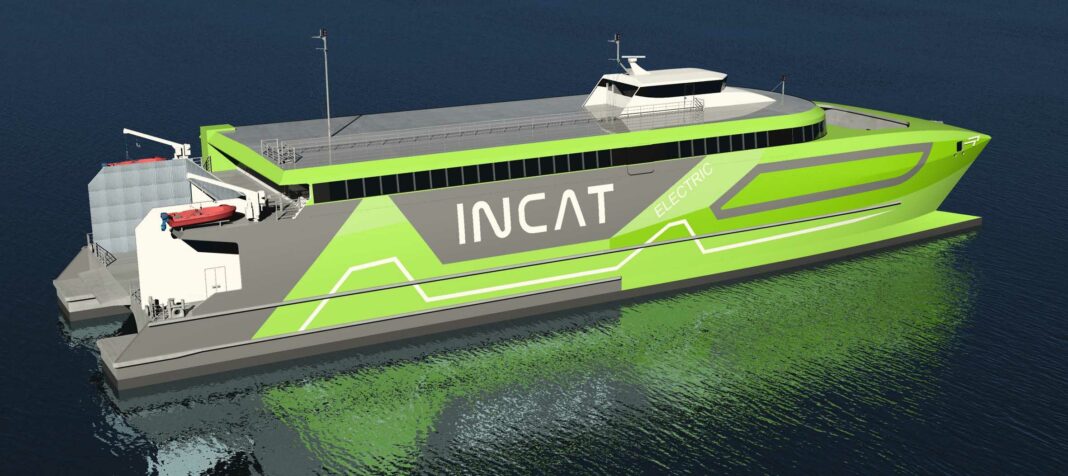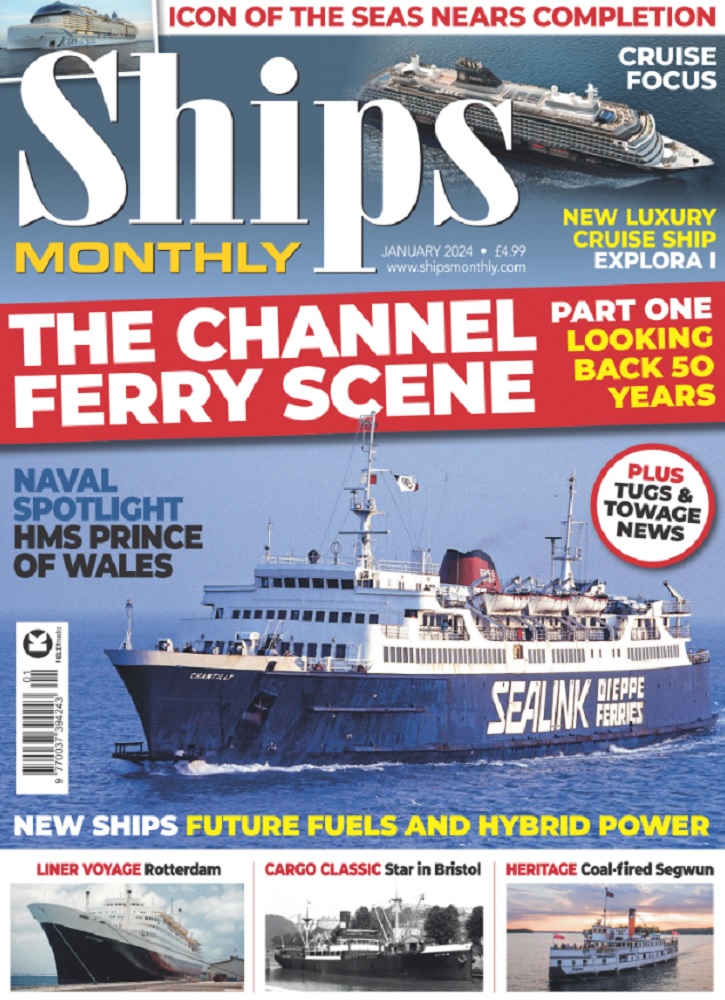Construction of Incat’s newest 78m hybrid electric ferry is well progressed, with the vessel on track for operation in the first half of 2026 – timed for operators looking to enter service ahead of the Northern Hemisphere summer season.
Designed with low-emission operations in mind, this light-weight craft represents the next evolution in Incat’s electric ferry range, incorporating lessons learned from the world’s largest battery-electric ship, Hull 096, also nearing completion at the Tasmanian shipyard.
With flexible propulsion options – fully electric, hybrid, or generator-assisted – the vessel offers a high level of versatility for operators navigating the transition to cleaner energy.
Key specifications:
- Near-zero emissions capability with ESS sizing up to 12MWh
- Charging capacity up to 10MW
- Top speed of 27 knots
- 600 passengers
- 4.6 metre vehicle deck clearance, ideal for freight and truck transport
- Flexible vehicle deck configurations with optional mezzanine decks
- 2 x 230kW bow thrusters for enhanced manoeuvrability
- Bridgewing control stations, port and starboard for berthing operations
Sized to replace the first generation of high-speed craft now approaching 35 years in service, this vessel is a future-focused solution for operators needing sustainable, fast, and efficient transport.
“Incat has engineered this ferry to meet the demands of modern operators – high performance, lower operating costs, and the ability to meet or exceed tightening environmental regulations,” said Incat CEO Stephen Casey. “It’s one of the most commercially compelling vessels on the market today.”
The 78m ferry is part of Incat’s broader strategy to deliver multiple smaller electric ships annually, as the company scales production to lead the global shift toward sustainable aluminium shipbuilding. A sister ship is in the pipeline and could be available within 12 months after the delivery of this vessel.


